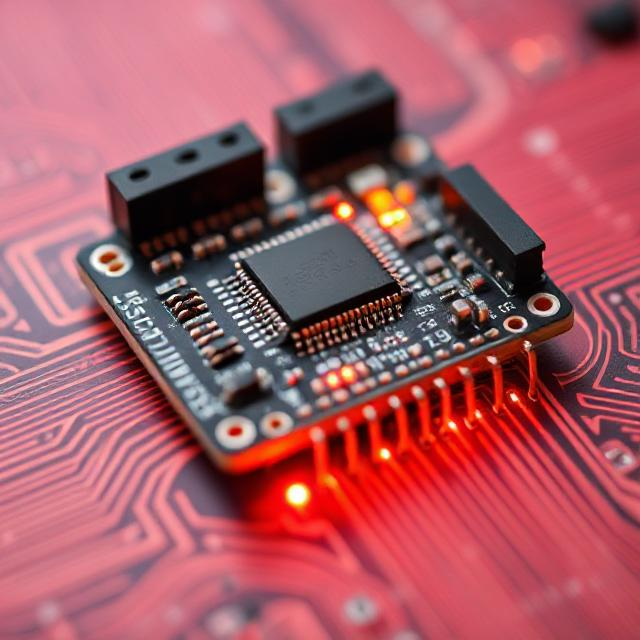Embedded systems are specialized computing systems that perform dedicated functions within larger mechanical or electrical systems. These devices are found everywhere—from household appliances and wearable gadgets to industrial machines and automotive electronics. A critical aspect of embedded systems is their ability to communicate, either with other devices, with the internet, or within internal components. This is achieved through various communication interfaces.

This article explores the most common communication interfaces used in embedded systems, discussing their features, use cases, and advantages.
1. Serial Communication Interfaces
Serial communication is one of the most basic and widely used methods for data transfer between embedded devices. It sends data one bit at a time over a single channel.
a) UART (Universal Asynchronous Receiver-Transmitter)
-
Features: Simple, low-cost, asynchronous (no clock signal).
-
Use Case: Microcontroller-to-microcontroller communication, GPS modules, Bluetooth modules.
-
Pros: Easy to implement, minimal wiring.
-
Cons: Limited to two devices (point-to-point).
b) SPI (Serial Peripheral Interface)
-
Features: Synchronous, full-duplex, supports one master and multiple slaves.
-
Use Case: Connecting sensors, displays, memory chips.
-
Pros: High-speed, flexible.
-
Cons: More wires needed (MOSI, MISO, SCLK, SS).
c) I2C (Inter-Integrated Circuit)
-
Features: Synchronous, supports multiple masters and slaves with just two wires.
-
Use Case: Sensors, RTCs, EEPROMs.
-
Pros: Simple wiring, good for low-speed peripherals.
-
Cons: Slower than SPI, limited data rates.
2. Wireless Communication Interfaces
These interfaces enable embedded devices to connect without physical cables, offering greater mobility and integration with IoT.
a) Wi-Fi
-
Use Case: Home automation, industrial IoT, data transfer to cloud.
-
Pros: High data rate, wide coverage.
-
Cons: High power consumption.
b) Bluetooth / BLE (Bluetooth Low Energy)
-
Use Case: Wearables, smartphones, short-range communication.
-
Pros: Low power (BLE), well-supported.
-
Cons: Limited range and speed compared to Wi-Fi.
c) Zigbee / Z-Wave
-
Use Case: Smart homes, mesh networks.
-
Pros: Low power, reliable for small data packets.
-
Cons: Lower data rate, proprietary protocols.
d) LoRa (Long Range)
-
Use Case: Agriculture sensors, remote monitoring.
-
Pros: Ultra-long range, low power.
-
Cons: Low data rate.
3. USB (Universal Serial Bus)
-
Use Case: Programming/debugging microcontrollers, data transfer to PCs.
-
Pros: Fast, plug-and-play.
-
Cons: Higher complexity in implementation.
4. CAN (Controller Area Network)
-
Use Case: Automotive systems, industrial automation.
-
Pros: Robust, real-time data, supports multiple nodes.
-
Cons: Complex protocol, slower compared to Ethernet.
5. Ethernet
-
Use Case: Industrial systems, smart grid, connected devices.
-
Pros: High-speed, long-distance, reliable.
-
Cons: More hardware requirements, higher power usage.
Choosing the Right Interface
Selecting the appropriate communication interface depends on:
-
Speed requirements
-
Power consumption
-
Distance and environment
-
Number of devices
-
Cost and complexity
Often, multiple interfaces are combined in a single device to meet diverse needs.
Summary
Embedded systems rely on communication interfaces to interact with other devices and networks. The most commonly used ones include UART, SPI, I2C for wired communication, and Wi-Fi, Bluetooth, and LoRa for wireless communication. Each has its strengths and trade-offs in terms of speed, complexity, range, and power consumption. Understanding these interfaces is essential for engineers to design effective, efficient, and reliable embedded solutions.











